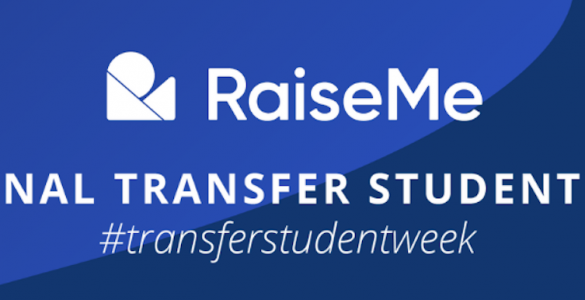If you’re the parent of a high school junior or senior, chances are you’ve had more than a conversation or two with your child about where they’d like to go to college. Even without knowing which school they will attend, hopefully you’re already thinking a little about how much it’ll all cost.
Sadly, knowing how much you’ll actually end up paying won’t happen this year or even the year after. Colleges don’t charge students and families a one-time, up-front cost for a degree. You’ll pay by the year (semester actually) and our own research tells us students and families struggle with budgeting for this…badly.
As you think about covering the cost of college, keep in mind that there’s more than just tuition, books and possibly a dorm or meal contract. Here are four additional, or maybe hidden, costs you’ll want to keep on your radar as you think about what you can afford and how much you plan to invest:
- Loan fees – whether your child gets a federal student loan or you end up getting a federal Parent Loan for Undergraduate Students (PLUS), just like commercial loans the government charges borrowers an origination fee to cover the cost or processing and servicing that loan.
In other words, if you take out a $2,500 loan you’re going to get the amount less the origination fee. You can find the official current rates here, but for student loans that fee is currently 1.057% and for PLUS loans it’s currently 4.228%.
For example, on a $10,000 PLUS loan, you’ll only actually receive about $9,578. - Course fees – not all classes are created equal. Courses that are materials intensive (think biology or even sculpting) will cost more than an economics or English class that can get by on a classroom and professor. How much you’ll end up being charged will depend on everything from the school you select to the major you eventually choose but they are nickels that can quickly add up.
The listing of course and lab fees for the University of Nebraska at Lincoln, for example, is 19 page long and charges anywhere from $5 (for a course in plant science) to $260 for Ceramics II. Don’t be surprised if course and lab fees add several thousand dollars over the course of 4 or 5 years to the final cost. - Activity fees – colleges and university courses may charge different fees but universities in general do so as well. Oftentimes these cover more general expenditures, whether students end using resources or not that aren’t directly related to learning but are directly related to the campus experience.
As with all things fees, your experience may vary. At the University of Michigan, for example, undergraduate students get charged about $164 a year to cover everything from general registration fees to student government and legal services to union and recreational sports activity costs.
Costs like these may not seem like much but when you consider that the typical bachelor’s degree students spends five, rather than four, years to complete, a fee like this alone adds just under $1,000 to the overall education cost.
What can you do to prepare your child for costs like these and others that will creep up as they move through college? Encourage your student to start preparing now by using RaiseMe to earn financial commitments to over 300 colleges. Increasing the financial aid they enter college with will help take the stress out of paying for their degree.
You may also like

National Transfer Student Week 2020: Celebrate With RaiseMe!
Join RaiseMe in celebrating National Transfer Student Week October 19th-23rd. This is a week to celebrate our students, connect them with resources, and to...

Students — Earn Micro-scholarships For Taking Civic Action This Election
This fall, more than 80 colleges and universities on RaiseMe are offering micro-scholarships to community college and high school students for civic engagement...

NEW: Peer Into College Life With CampusReel Videos on RaiseMe
Now on RaiseMe, you can watch videos created by real students to get a true sense of college life and find out what schools are right for you.
